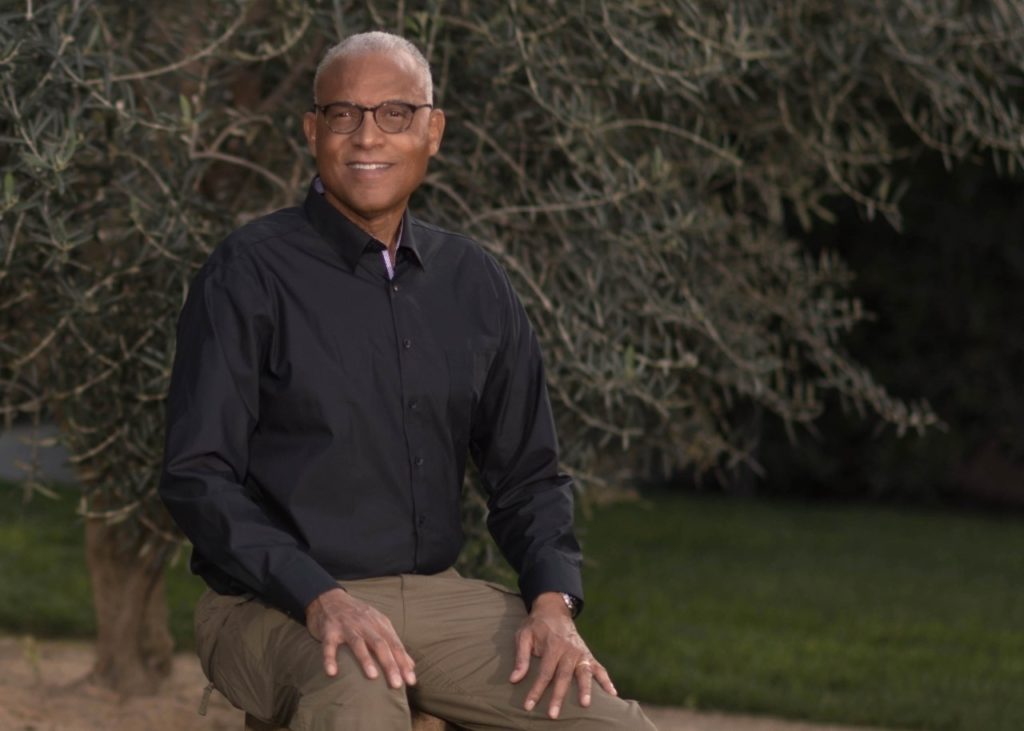Twilight surgery
Using conscious sedation improve results for spinal canal surgery

When Modesto resident James Ewing needed minimally invasive surgery in 2019 for debilitating back pain, Stanford orthopaedic surgeon Todd Alamin, MD, said he could have it under conscious sedation — a twilight sleep used during colonoscopies — instead of the usual approach, general anesthesia.
Alamin is among few U.S. surgeons using twilight sleep for surgery to widen the spinal canal. Patients who have the surgery under conscious sedation have fewer anesthesia side effects and recover faster, he said. It’s also more precise: Conscious patients react — they might move or speak — if his surgical tools compress a nerve, warning him to steer clear.
Ewing doesn’t remember the procedure, but he felt better immediately. Now, he said, “I can stand up straight. I can sleep at night.”
Read full story here.

